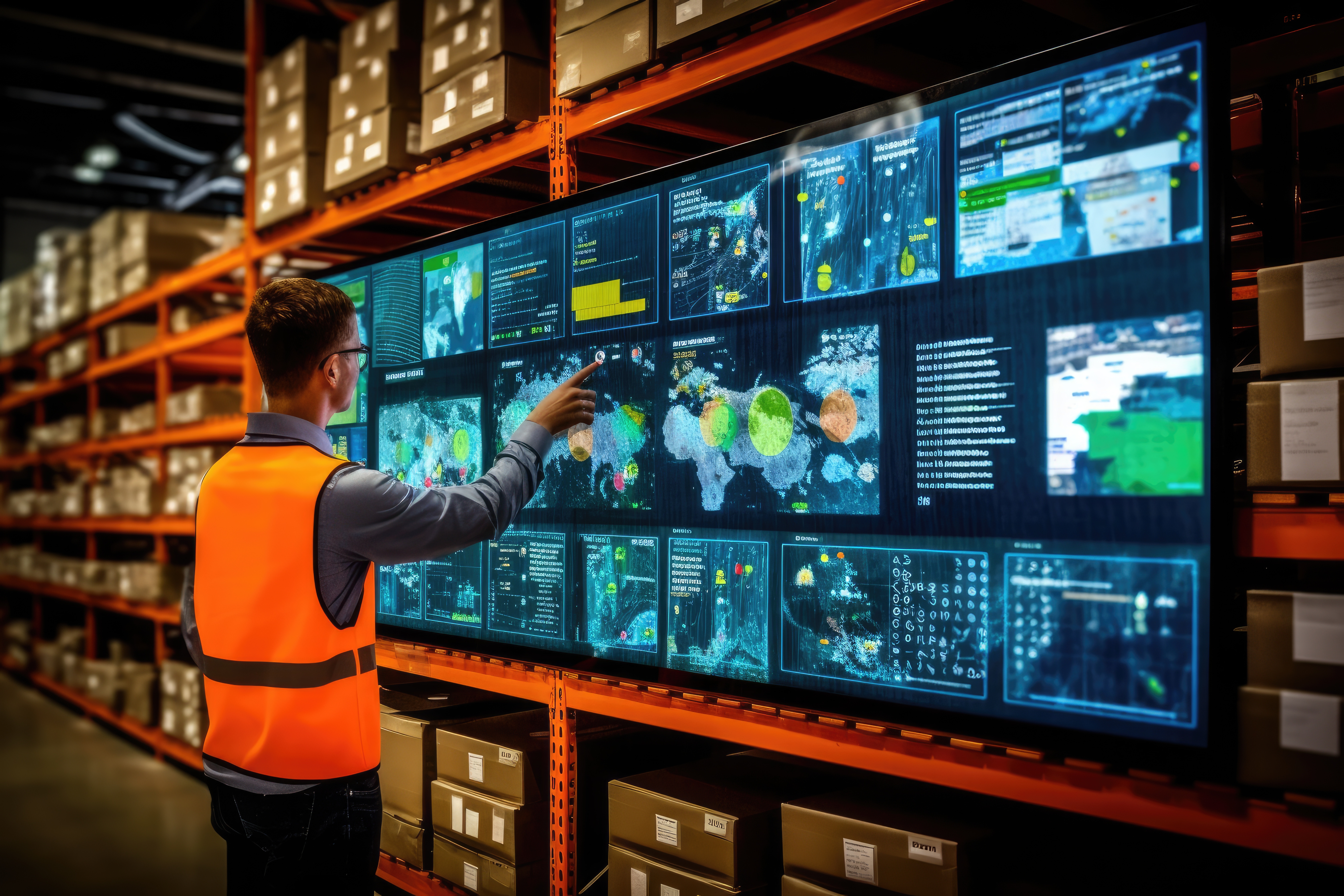Blog
22/11/2023
Sustainability in an Industrial Ecosystem: Design for Sustainability in Manufacturing
3 minute read
The successful adoption of advanced manufacturing for sustainability requires a systematic approach that spans the entire product lifecycle, from concept development to product delivery, and even in the realm of forward and reverse supply chain management. In this insight series, we will look at sustainability in an industrial ecosystem, examining it through the lens of the product lifecycle's three key phases: Phase 1: Design & Production, Phase 2: Market Sales and Delivery, Phase 3: Maintenance and Service.
Phase 1: Design for Sustainability
Sustainability begins at the drawing board. Designing products with sustainability in mind involves considering factors like materials, energy efficiency, and the environmental impact of manufacturing processes. Manufacturing with sustainability in mind allows for innovative design approaches that minimize waste and maximize efficiency.
Think less
In sustainable design, the quantity of material matters as much as the type of material chosen. Diminishing physical volume not only reduces machine time and energy usage but also minimizes the environmental footprint linked to raw material extraction in certain manufacturing methods. Additionally, smaller and lighter components result in decreased fuel emissions during transportation.
Think Additive
Additive manufacturing uses less material than traditional manufacturing methods such as CNC machining. Additionally, consolidation parts helps cut down on raw materials, energy spent in manufacturing, and the environmental toll of shipping smaller components separately. If you’re dealing with intricate designs, additive manufacturing allows merging them into a single piece, slashing production time, material consumption, weight, and the fuel required for transportation.
Think Long-lasting

Extending the lifespan of products is a key strategy in waste reduction. Creating robust and easily replaceable parts is crucial for longevity. Designing with remanufacturing or refurbishment in mind has gained popularity for prolonging a product’s life. This approach prevents parts from becoming obsolete while maintaining performance, leading to reduced CO2 emissions, preserved raw materials, and an active contribution to the circular economy.
Aim for simplicity in design to decrease the number of potential failures, reducing the need for diagnostic, disassembly, and reassembly processes. Opt for standardized parts to lower production costs per unit, simplify inventory management, speed up replacement processes, gather more data on failures and reliability for better service planning. Think about accessibility features: Incorporate access panels, hinges, or hatches in design to facilitate easier servicing, especially in hard-to-reach areas, simplifying maintenance tasks.
Reconsider the design approach by leveraging simulation and virtual assemblies before production to significantly reduce the need for numerous prototypes, curbing material-intensive redesigns and ultimately cutting down on waste.
Think Services
In the realm of manufacturing, the shift from production of products to Product-Service Systems (PSS) represents both sustainability as well as business opportunity. PSS reimagines the consumer journey, offering not just physical goods but a suite of associated services that ensure sustained product performance and longevity. It encompasses maintenance, upgrades, and even recycling solutions, effectively replacing or bundling a product with an assurance of ongoing support and environmental consideration. The approach transcends the mere transactional nature between business and customer. By shifting the focus on solely production of goods to offering of services and extending the value of the product, you can improve your sustainability performance as well as cultivate customer loyalty. The shift marks a new way how companies deliver value, and the manufacturing industry stands to benefit by exploring this opportunity.
Think Cloud
As the manufacturing landscape pivots towards sustainability, digital tools and cloud-based platforms like Salesforce or Dassault Systems PLM, offer manufacturers unprecedented capabilities to iterate, simulate, and optimize designs with sustainability in mind. Leveraging digital twins and simulations allows for the evaluation of various design scenarios, minimizing physical prototypes and material-intensive iterations. These technologies enable precise analysis of material usage, energy consumption, and environmental impact throughout the product lifecycle. Moreover, cloud-based collaboration facilitates multidisciplinary input, enabling cross-functional teams to co-create innovative, eco-friendly designs.
In the quest for sustainable manufacturing, prioritizing design for sustainability across the product lifecycle becomes a fundamental pillar. From initial product ideation to harnessing advanced manufacturing technologies, each phase presents an opportunity to reduce waste, enhance efficiency, and develop eco-conscious solutions. By leveraging the power of cloud computing, manufacturers gain the ability to collaborate seamlessly, iterate designs efficiently, and conduct thorough analyses of material usage, energy consumption, and environmental impact throughout the product lifecycle.
References:
Carvalho, N.; Chaim, O.; Cazarini, E.; Gerolamo, M. Manufacturing in the fourth industrial revolution: A positive prospect in Sustainable Manufacturing. Procedia Manuf. 2018, 21, 671–678. [CrossRef]
Jin, M. (2017) Impact of advanced manufacturing on sustainability: An overview of the special volume on advanced manufacturing for sustainability and low fossil carbon emissions. Journal of cleaner production. [Online] 16169–74.
https://www.engineering.com/story/how-to-design-for-sustainable-manufacturing

Get your Copy of our Strategic Guide ‘Accelerate your digital transformation in manufacturing’
There is no better time than now to accelerate your company’s digital transformation. In this guide, we will look at how manufacturers can hone their strategy for digital transformation from three central perspectives: managing digital experiences, utilising data and leading change. Besides just discussing the concepts behind these themes, the guide offers easy-to-use checklists and graphs to help you start navigating your company’s digital future.
Get your copy of the guide by filling in the form on the right! Please provide a working email address, as the guide is sent to you via email.

Blinera Meta Shala
Service Engagement Manager & Sustainability Specialist
Read next
11/12/2023
